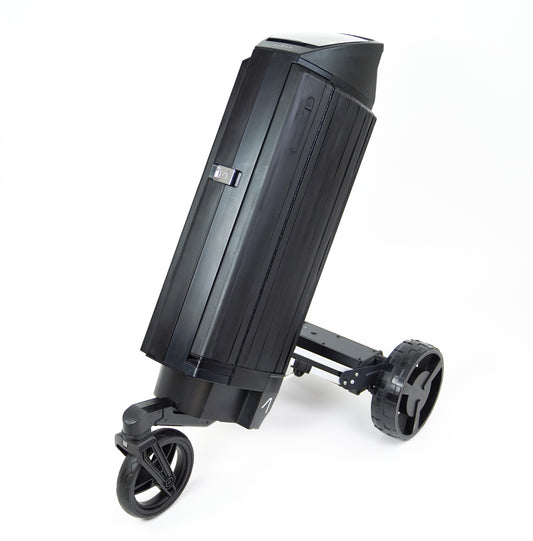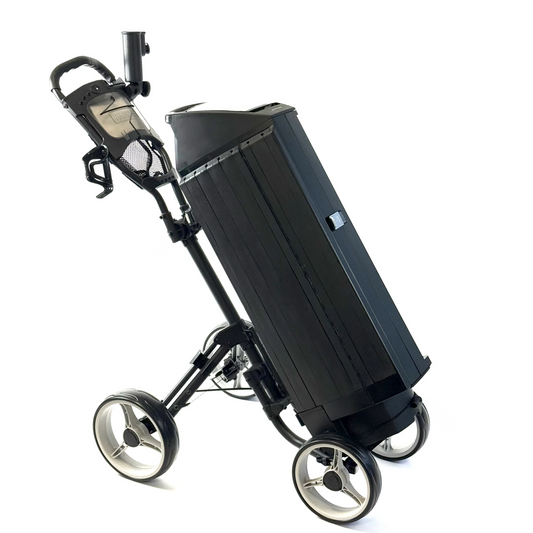Jack Nicklaus vs. Tiger Woods: the real differences by the numbers

No borrowed opinions: this analysis relies only on verifiable figures and cross-checked facts.
Tiger Woods vs Jack Nicklaus: Records and Achievements Compared
* Majors: Nicklaus 18, Woods 15. Both completed the career Grand Slam. Tiger did it at age 24 (youngest ever); Jack at 26.
* PGA Tour wins: Tiger 82 (tied all-time record with Sam Snead); Jack 73 (third all-time).
* Top-10s in majors: Jack 73 (record); Tiger 41.
* Major runner-ups: Jack 19 (record); Tiger 7.
* Cut streaks: Both share the record of 39 consecutive cuts made in majors. On the PGA Tour, Tiger’s 142 straight cuts is the all-time record; Jack reached 105.
* Scoring: Tiger owns the lowest scoring average in PGA Tour history and posted the best adjusted single-season average (67.79 in 2000 and 2007).
* Strokes Gained (ShotLink era): Tiger’s peak season delivered roughly +3.44 strokes gained per round (2006, SG-Total; highest recorded since full data began). There are no official SG metrics for Jack’s prime years.
* Ryder Cup (facts only): Jack as a player went 16-8-3 and captained a winning US team in 1983; Tiger is 13-21-3 as a player. Their team event trajectories differ markedly.
Quick comparison Jack Nicklaus vs Tiger Woods
| Metric | Jack Nicklaus | Tiger Woods |
|---|---|---|
| Majors won | 18 | 15 |
| PGA Tour wins | 73 | 82 |
| Masters | 6 | 5 |
| U.S. Open | 4 | 3 |
| The Open | 3 | 3 |
| PGA Championship | 5 | 4 |
| Major runner-ups | 19 | 7 |
| Major top-10s | 73 | 41 |
| Consecutive cuts in majors | 39 | 39 |
| Consecutive cuts on PGA Tour | 105 | 142 (record) |
| Career Grand Slam (age) | 26 | 24 (record) |
Sources for the table: Player pages and major summaries on Wikipedia; historical leaderboards and PGA Tour records.
Major résumés and consistency
Majors and breakdowns
Jack Nicklaus leads all time with 18 majors (6 Masters, 4 U.S. Opens, 3 Opens, 5 PGAs). Tiger has 15 (5, 3, 3, 4 respectively).
Top-10s and runner-ups
Jack’s 73 top-10s and 19 second-place finishes in majors are both records, illustrating unrivaled long-term consistency. Tiger’s totals are 41 top-10s and 7 runner-ups.
Cut streaks
They share the major cut-made streak record at 39. In regular tour play, Tiger’s 142 consecutive cuts shattered the previous mark, with Jack at 105.
Scoring and peak performance
* PGA Tour scoring average
Tiger owns the lowest career scoring average in Tour history and set the modern single-season benchmark: 67.79 adjusted (2000 and 2007). No one else has posted a sub-68 adjusted average for a full season.
* Strokes Gained (ShotLink, mid-2000s onward)
Compiled statistics show Tiger’s best total SG season at roughly +3.44 strokes per round in 2006, the highest full-season figure since ShotLink data became comprehensive.
Important: You can’t directly compare SG between eras Jack’s prime predates ShotLink.
Data-based conclusion: Tiger’s peak per-stroke and per-round efficiency is the highest measured. Jack, meanwhile, dominates on breadth and longevity in majors (top-10s and runner-ups).
The career Grand Slam: who, when, and how
* Both completed the modern career Grand Slam. Tiger did so at 24 (The Open 2000), the youngest ever; Jack at 26 (The Open 1966).
* Tiger is also the only player to hold all four major titles simultaneously (the “Tiger Slam,” 2000–2001).
Ryder Cup: the record, not the narrative
* Jack Nicklaus: 16-8-3 as a player; winning US captain in 1983, and captain again in 1987 (loss at Muirfield Village). His sportsmanship moment with Tony Jacklin in 1969 (“The Concession”) is part of Ryder Cup lore.
* Tiger Woods: 13-21-3 across eight appearances as a player, with one team victory (1999).
Editorial note: Match play and team contexts make these records not directly comparable to stroke-play performance, but they do frame differing historical arcs.
Course management and “position” vs. “power”: what the data say (not opinions)
Concrete historical examples
* Jack and placement off the tee
In the final round of the 1966 Open at Muirfield, with helping wind and gnarly fescue, Jack reportedly hit 3-iron from the 17th tee to prioritize position, then a 5-iron approach and made birdie on the way to the title an archetypal position play using a shorter club for control.
Jack has also explained that when the primary danger was right, he often opted for 3-wood over driver especially on Augusta’s doglegs like 10, 13, and 14.
* Tiger and measured aggression
2000 Canadian Open (Glen Abbey): from a fairway bunker, 218 yards, Tiger pulled 6-iron over water to the back fringe on 18 to lock up a birdie and the win one of the most documented shots of his career, choosing a high-risk, high-reward line and executing flawlessly.
Is “3-wood for safety” still optimal in 2025?
* Modern data (amateur aggregates, tactical implication)
Large-scale Shot Scope analyses suggest 3-wood yields only ~1% more fairways than driver while sacrificing 20 – 30 yards which typically worsens expected score unless the driver carries severe penalty on that hole.
Practical translation: today’s high-MOI drivers and modern balls often make driver the optimal choice, unless architecture or hazards heavily punish dispersion.
* Technology and course-setup context
The combo of modern drivers plus solid-core balls (e.g., Pro V1 from 2000 onward) boosted carry and spin control; governing bodies have monitored distance ever since.
The USGA/R&A Distance Insights work documents sustained distance gains on men’s tours since 2003 and their impact on course length/costs. New test conditions (commonly dubbed the ball rollback) are scheduled for 2028 to stabilize elite-level distance.
Data-based conclusion: It makes sense that Jack frequently leaned on 3-wood/1-iron for position (less forgiving drivers/balls; shorter, firmer courses). In the Tiger era and beyond, technology plus shot-value math often favors driver always contingent on hole design and penalty structure.
Cross-era dominance: streaks, closing rates, and World No. 1
* Tiger’s closing record: approximately 55 - 4 converting 54-hole leads on the PGA Tour; 14–1 when tied/leading after three rounds in majors astonishing finishing efficiency.
* World No. 1 (OWGR): Tiger holds the marks for most total and most consecutive weeks at No. 1 since 1997. There’s no direct OWGR comparison for Jack; the ranking began in 1986, after his peak.
"Who’s better?" Two answers depending on what you measure
* If you value major résumés and long-horizon consistency → Jack Nicklaus (18 majors, 19 runner-ups, 73 top-10s).
* If you value peak, shot-by-shot dominance in the measured data era → Tiger Woods, with the lowest scoring averages and the highest single-season Strokes Gained peaks on record.
These conclusions don’t conflict; they reflect different dimensions of greatness.
Historical case studies that illustrate “lay-up vs. attack”
-
Protecting a margin with placement (Jack)
-
Open 1966, 17th (par 5): 3-iron off the tee to ensure fairway position, 5-iron into the green, key birdie, title secured.
-
-
Closing a tournament with controlled aggression (Tiger)
-
Canadian Open 2000, 18th (par 5): from a fairway bunker, 6-iron/218 yds over water, birdie and victory.
-
SEO tip: Examples tagged with year, tournament, and hole satisfy long-tail queries and strengthen topical authority (E-E-A-T) with verifiable micro-stories.
Frequently asked questions (FAQ)
Who has more majors? Jack Nicklaus (18) versus Tiger Woods (15).
Who has more PGA Tour wins? Tiger Woods with 82 (tied all-time with Sam Snead); Jack has 73.
Best single season ever? Tiger’s 2000 blends historic scoring with absolute major dominance; his best recorded SG season is 2006 (about +3.44 per round).
Who was more consistent in majors over an entire career? Jack, by sheer volume of top-10s (73) and runner-ups (19).
What about the Ryder Cup? Jack: 16-8-3 as a player and winning captain in 1983; Tiger: 13-21-3 with one team win as a player (1999).






